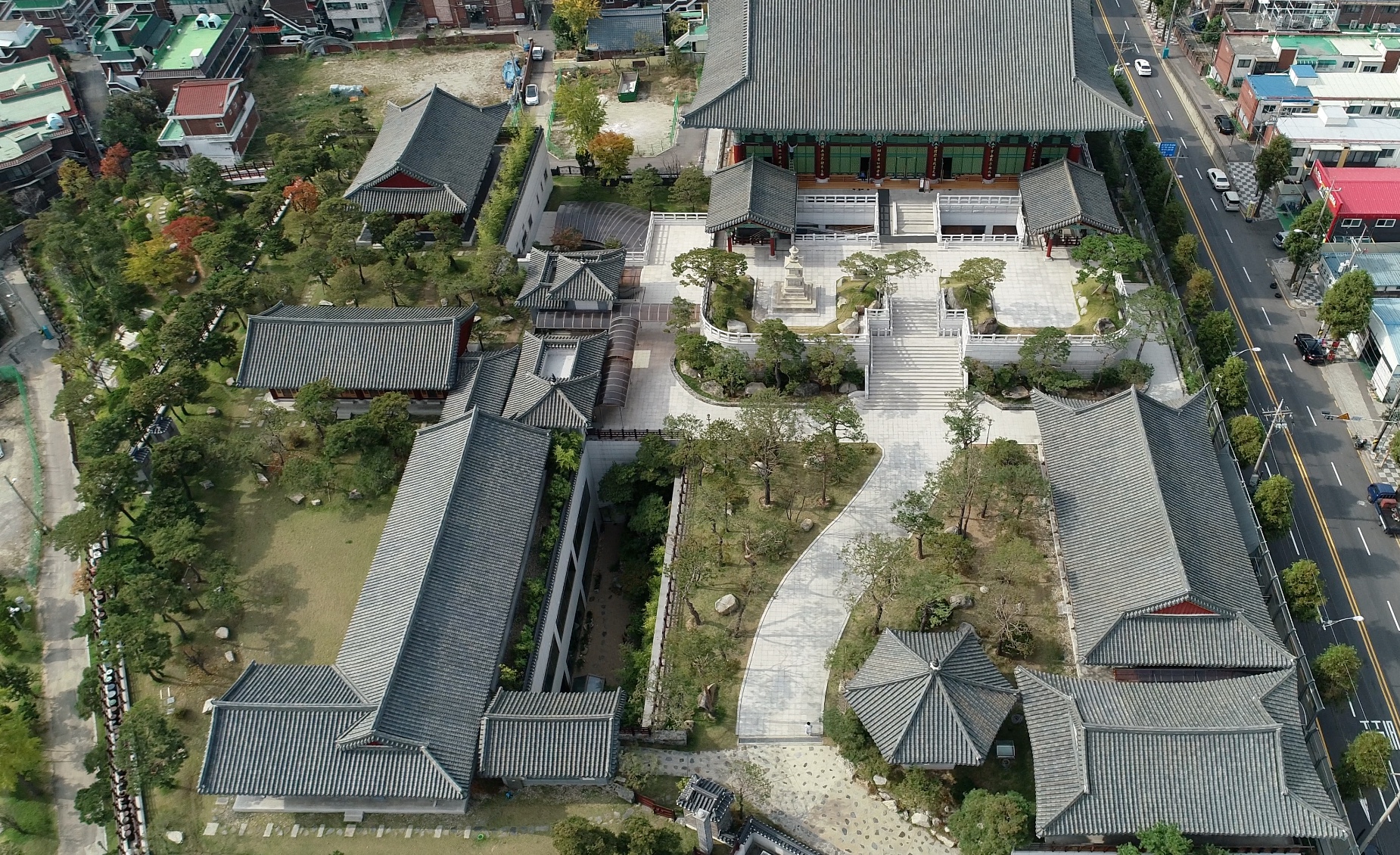Son Buddhists often speak of their son or Dharma lineages, the recorded genealogies of authentic masters and their designated successors. In trying to understand these lineages, we have to remember that what is passed from master to disciple is not a material object, title, office, or even teaching. In the son tradition of mind-to-mind transmission it is the living mind of the Buddha, that is, his enlightenment, that is said to be conveyed through successive generations. In other words, spiritual truth is transmitted. Thus, son Buddhists consider these lineages more important than specific schools or sects. In the world of son the branches and intersections of authentic Dharma lineages trace the history of enlightenment.
This history begins, of course, with the Buddha. According to traditional accounts, after the events of The Three Places of Mind Transmission, the Buddha transmitted his Dharma to Kasyapa. Kasyapa transmitted the Dharma to Ananda. Ananda transmitted to Sanakavasa and so on until the Dharma reached the 28th generational heir, Bodhidharma, who is said to have been active in the fifth and sixth centuries. Bodhidharma crossed over into China to become the First Patriarch of Ch’an (Chinese son). The Buddha’s Dharma continued to be transmitted from Bodhidharma through, successively, Hui-ko, Seng-tsan, Tao-hsin, Hung-jen, and finally to the Sixth Patriarch Hui-neng of the seventh century. Throughout this period a tradition was maintained where for each generation only one disciple received Dharma transmission as well as what were said to be the Buddha’s robe and alms bowl. However, after Hui-neng the robe and bowl were apparently lost and under him for the first time more than one disciple received Dharma transmission. Thus, the Buddha’s lineage branched out and the so-called golden age of Tang Dynasty Ch’an Buddhism began.
Nan-yueh Huai-jang, one of Hui-neng’s five Dharma heirs, transmitted to Ma-tsu Tao-i and began the lineage that would later be named after their ninth century descendant, Lin-chi (Imje in Korean, Rinzai in Japanese). The Lin-chi line is most strongly associated with kongan (k’ung-an in Chinese, koan in Japanese) son practice today. Transmission in China continued until in the fourteenth century the Korean monk, Taego Pou, inherited the Dharma and extended the Lin-chi line to Korea. Here the Lin-chi or Imje line flourished and nearly two hundred years after Taego Pou’s arrival subdivided into the Sosan Hyujong and Buhyu Sonsu branches.
Sosan Hyujong’s Dharma was transmitted without interruption until it reached his fourth generational descendant, Hwansong Jian, after whom the tradition weakened and deteriorated. In the late nineteenth century son Master kyeongheo Songu revived the Korean son tradition and transmitted his Dharma to a number of outstanding disciples. Perhaps the most eminent of these, son Master Mankong transmitted to son Master Jonkang who went on to found this monastery.
